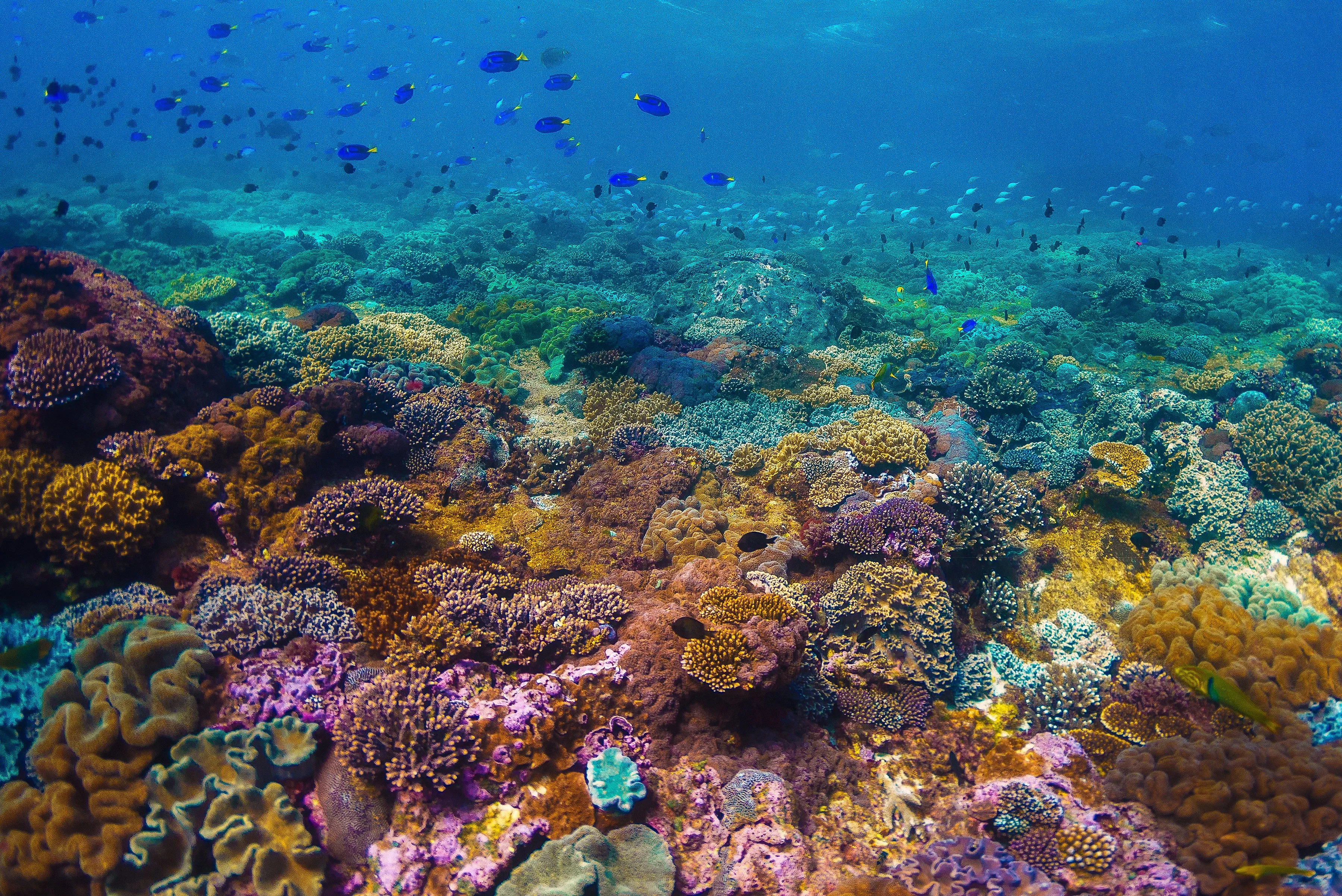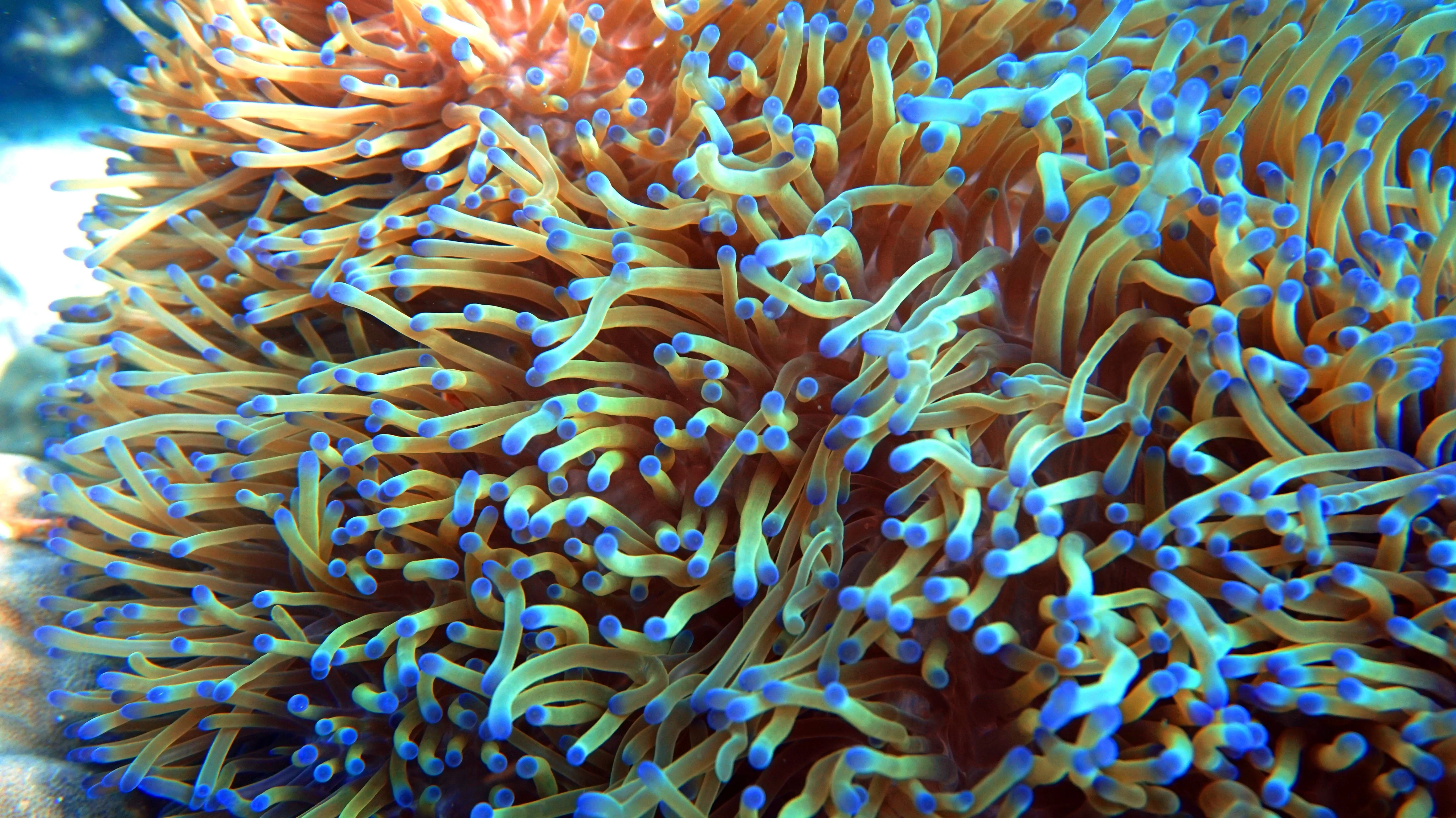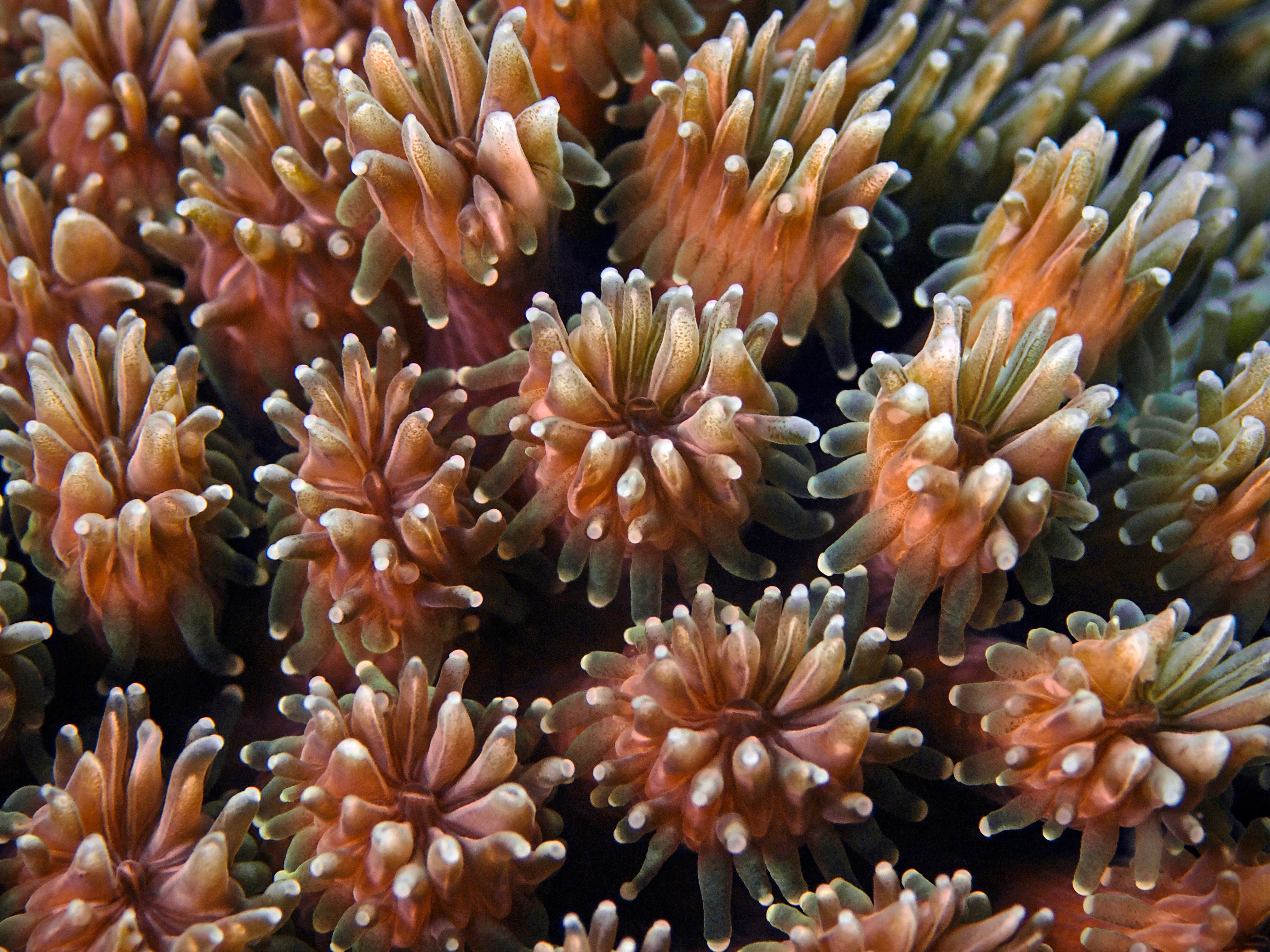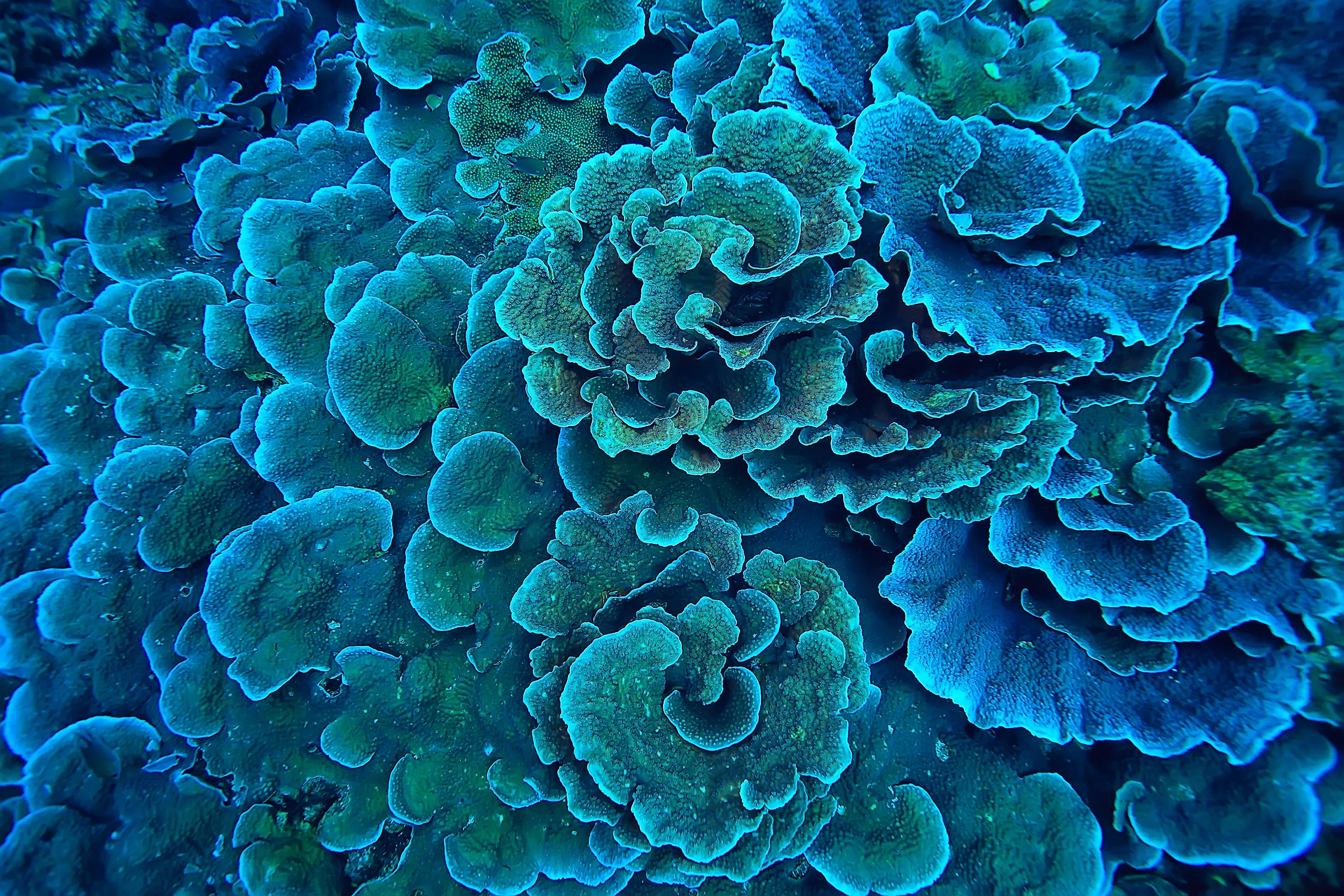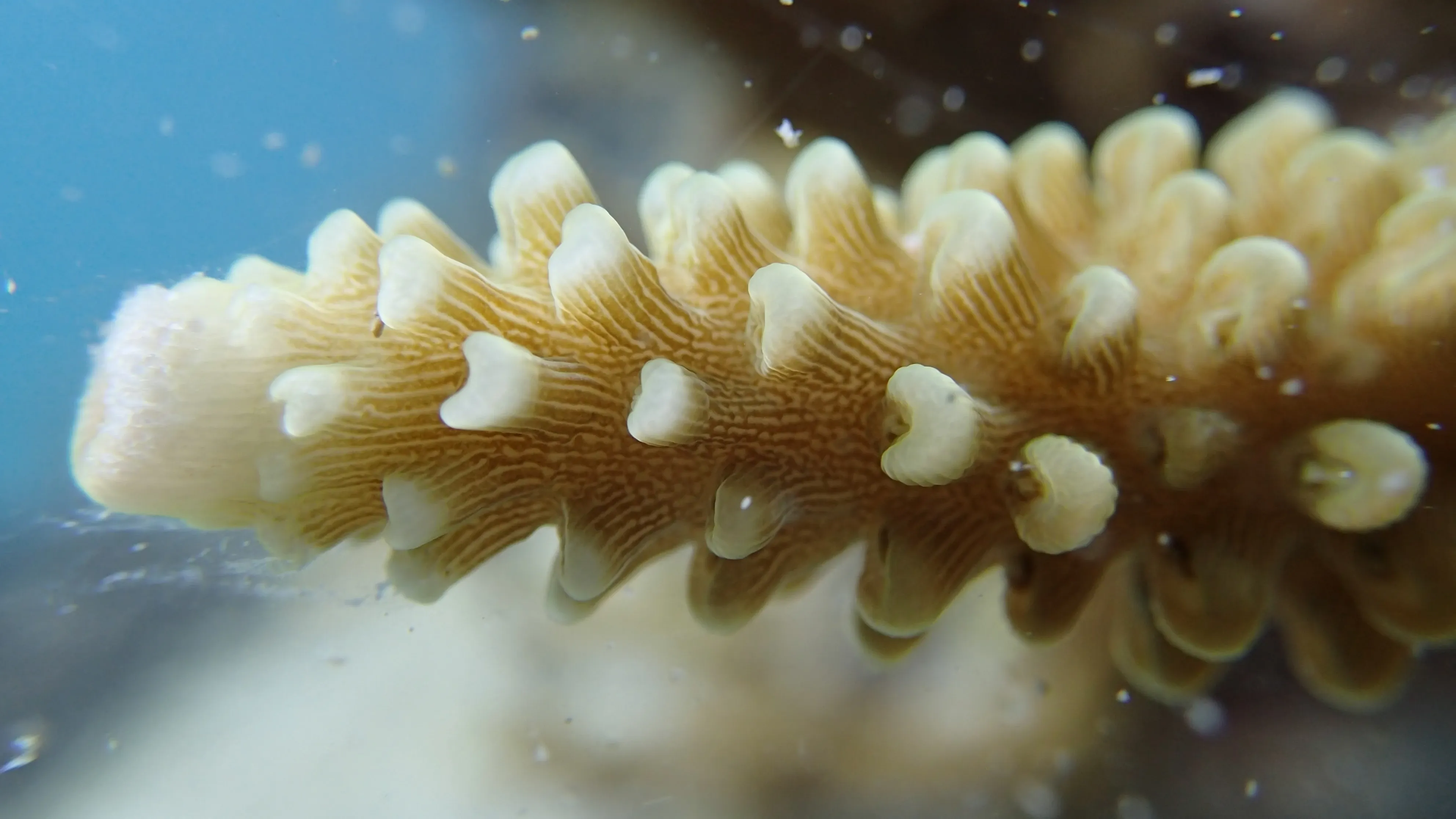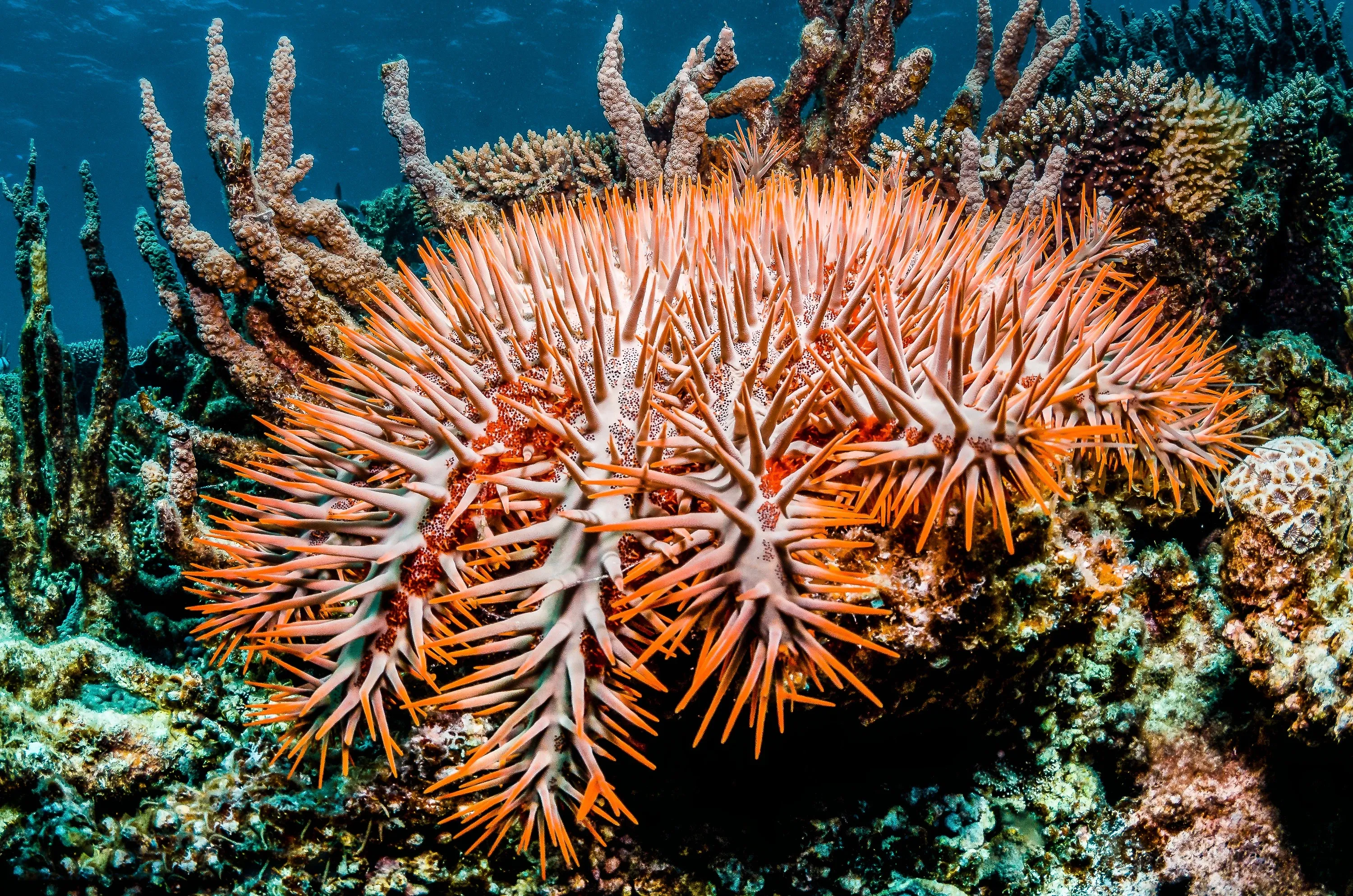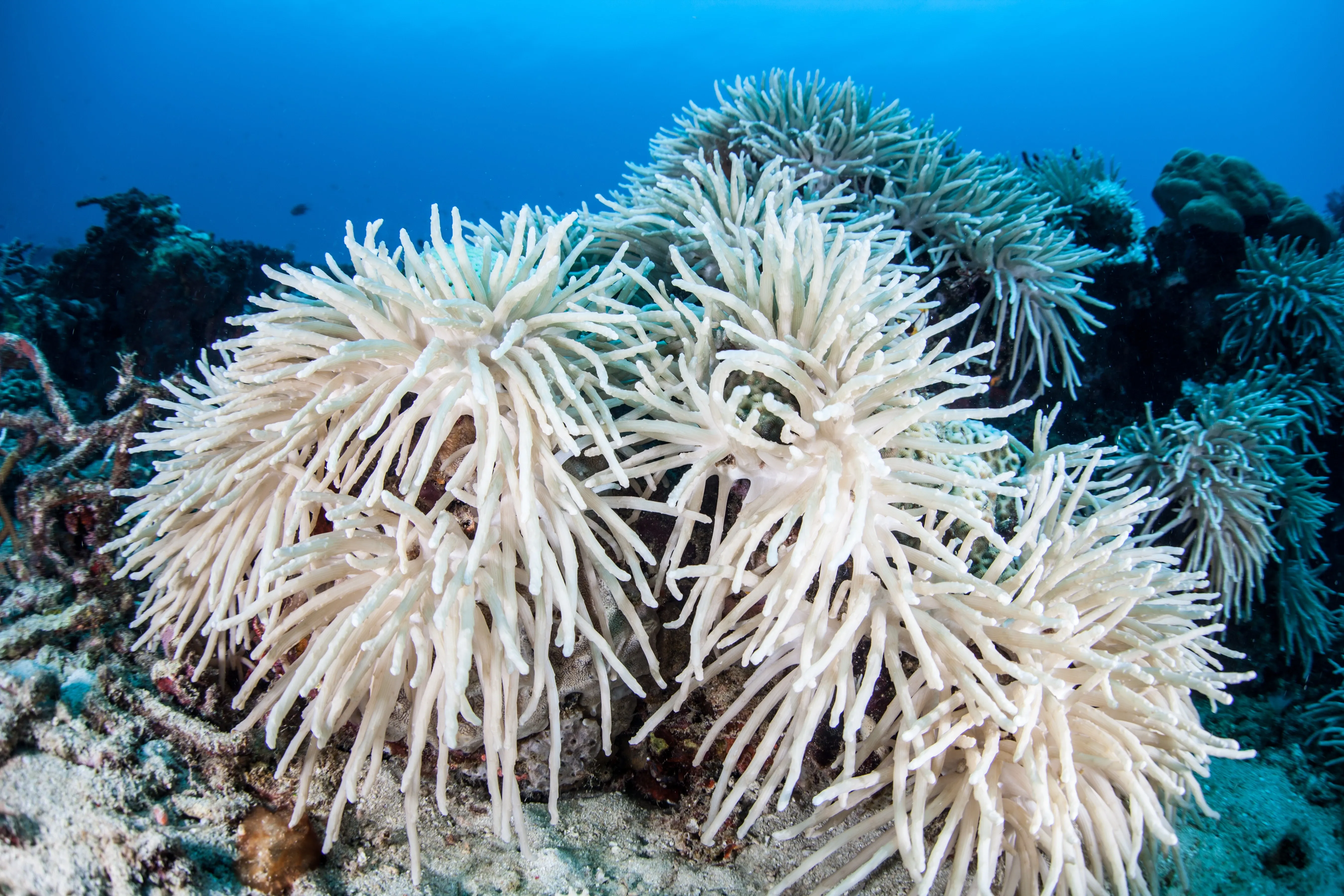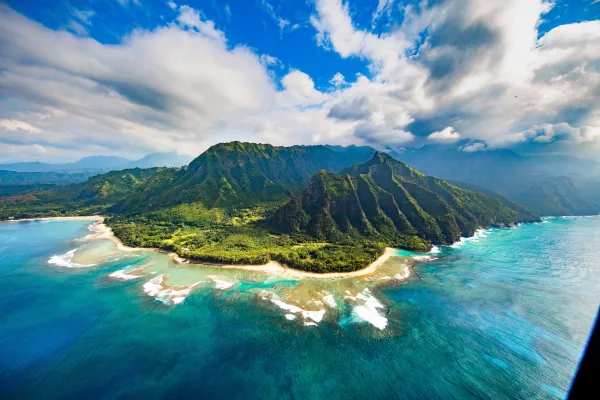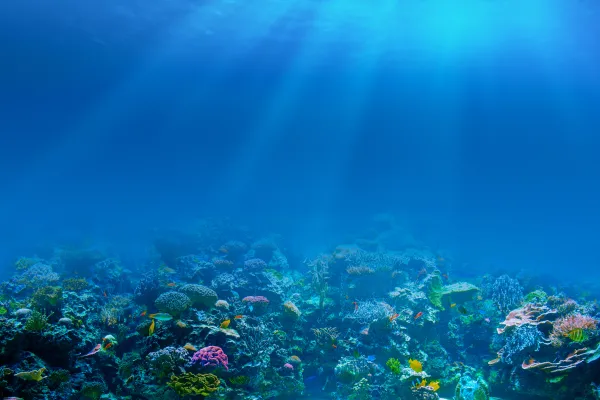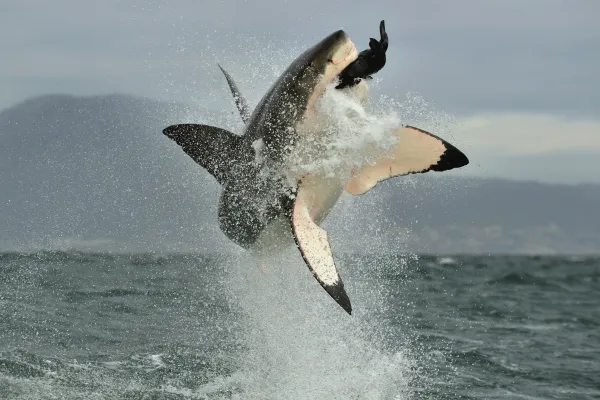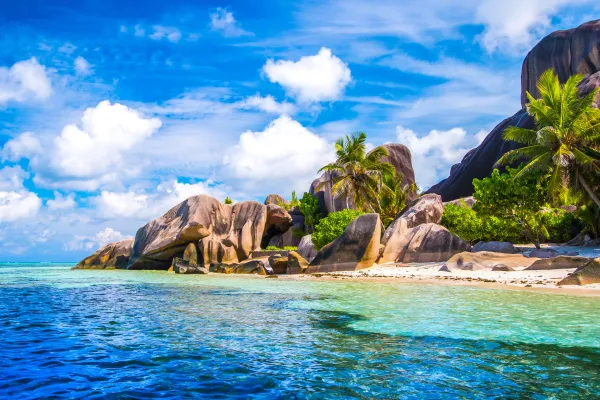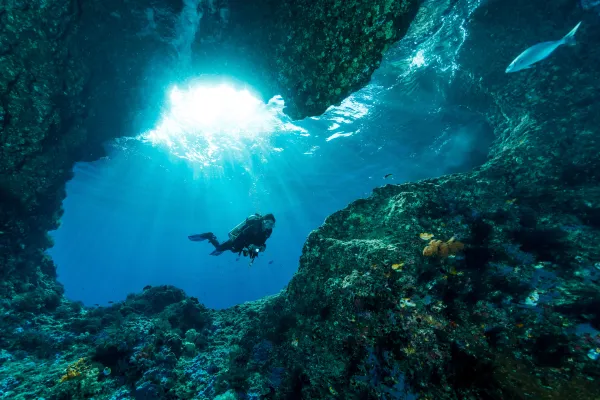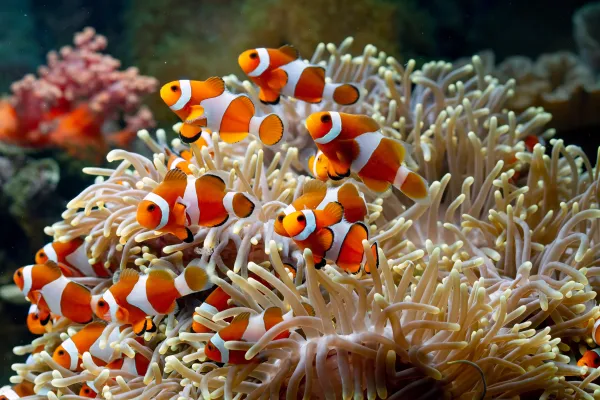Fascinating world of corals: Challenges and restoration
David Attenborough once said, “I can mention many moments that were unforgettable and revelatory. But the most single revelatory three minutes was the first time I put on scuba gear and dived on a coral reef.”
When you see healthy coral reefs, it is easy to understand why he felt this way. Resembling spectacular and complex underwater gardens in myriad shapes, sizes and all colours of the rainbow, they support a dazzling diversity of marine life. It is not certain how many species depend on coral reefs for survival. Some may remain undiscovered, particularly in remote corners of the world.
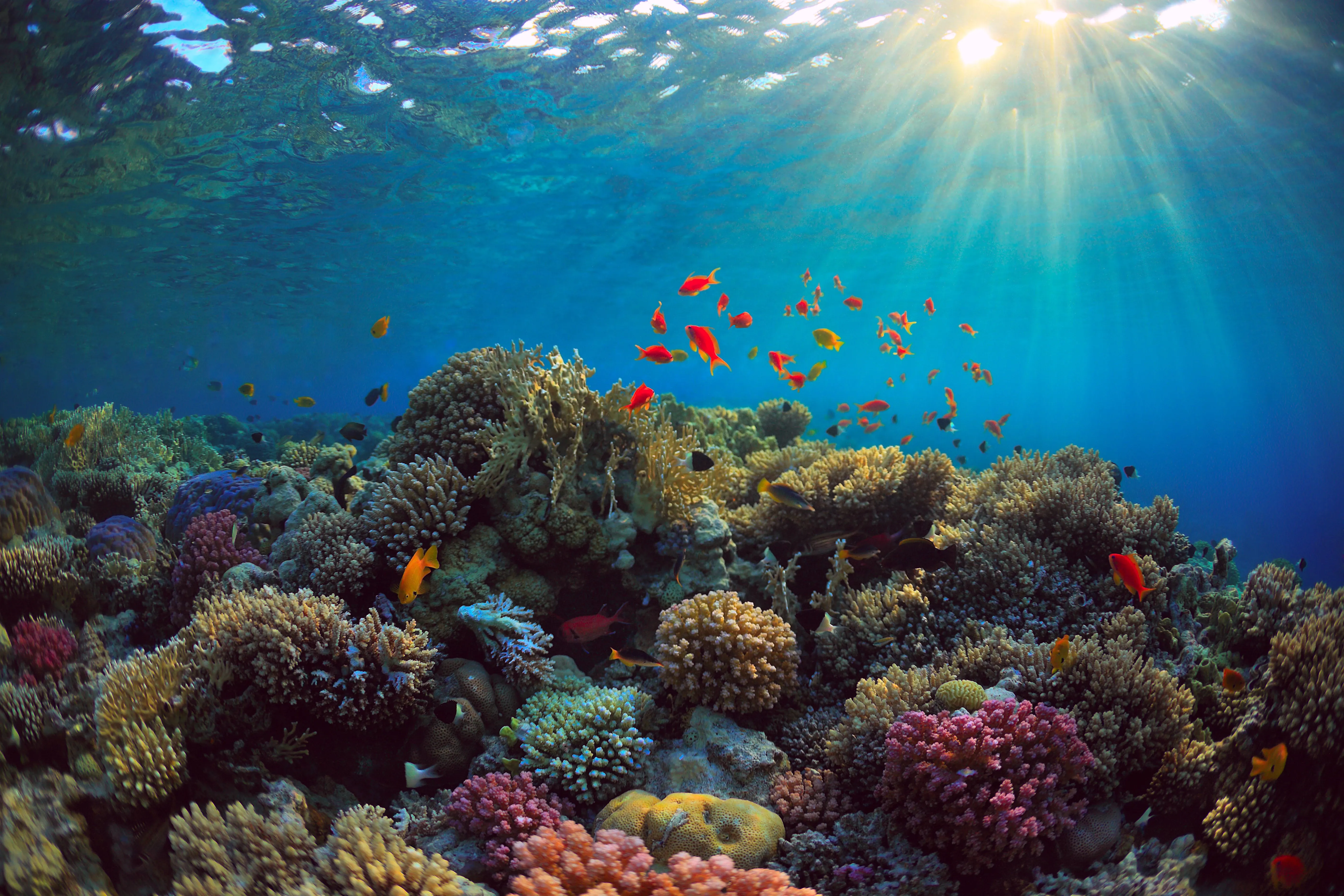
Threats to coral reefs
However, scientists estimate the number to be around two million. Climate change has had devastating effects on corals, and their survival currently hangs in the balance. These incredible animals face extinction by the end of this century if conservation efforts cannot bring them back from the brink. However, concerned parties worldwide are fighting hard to reverse the damage and preserve coral reefs long-term and in some parts of the world, creative and innovative solutions are slowly starting to achieve this aim.
What are corals?
Corals exist in tropical marine environments across the planet. While they may look like plants, they are, in fact, collections of tiny animals called polyps. Typically, they are under 1.5 centimetres in diameter, and the smallest is roughly the size of a pinhead. However, some species can reach almost 13 centimetres.
Polyps have soft bodies bolstered by limestone skeletons known as calicles. Stinging tentacles at the mouth of each polyp enable them to capture the minuscule organisms on which they prey. The tissue surrounding coral skeletons contains an astounding number of algae, approximately a million per square centimetre. These microscopic organisms are called zooxanthellae, and they give corals their vivid colours. They also provide food for the corals by absorbing waste matter and converting it into nutrients.
Polyps grow in clusters known as ‘colonies’, and their calicles begin to connect as they do so. Consequently, these little creatures bond together in ‘colonies’ that function as a cohesive whole. A single colony can be made up of millions of polyps. Collectively, we know these organisms as corals. As coral colonies grow over the centuries, they join with other colonies to form coral reefs that can stretch for hundreds of kilometres. The Great Barrier Reef is the world’s largest coral reef, extending almost 2,000 kilometres along the country’s east coast. It is estimated to be roughly 20,000 years old - super fascinating to scientists.
Asexual reproduction occurs in certain coral species as parent polyps mature. When they reach a specific size, they form new polyps that branch off from the ‘mother ship’ and start new colonies. However, roughly many corals can also reproduce sexually. They do so via spawning when they release vast numbers of sperm and eggs into the ocean. When the sperm and eggs fuse, they form free-floating larvae.
Most of these larvae fall prey to predators or other hazards before settling. However, those that reach a resting place develop new polyps that create new colonies and coral reefs over hundreds and thousands of years.
»Coral reefs... are critically important in the life cycle of so many species – from the smallest to the largest – acting as nurseries, sources of food, cleaning stations, and breeding grounds«
Why are coral reefs so important?
Coral reefs occupy less than 1 % of the ocean bed. Nevertheless, they are home to roughly a quarter of all marine animals. Their biodiversity is comparable to that of the Amazon rainforests. The life these reefs support, in turn, plays a valuable role in sustaining human beings. Corals are critical for tourism and provide millions of jobs across the globe every year.
Furthermore, they serve as a significant food source upon which countless people depend, particularly in developing nations. Corals also protect our coasts. They absorb the impact of waves and currents, preventing soil erosion and making coastal settlements safer.
Why are coral reefs endangered?
Climate change has devastated the marine environment; corals, which are sensitive creatures, have been particularly hard hit. The ocean’s rising temperatures have stressed corals to the point that they expel the algae that give them their brilliant colours. This ‘coral bleaching’ leaves their limestone skeletons exposed and without a source of nourishment. Without the zooxanthellae to shield and feed them, they inevitably die due to disease or starvation.
Global warming has led to devastating coral bleaching across the planet. One of the most severe and widespread events occurred between 2014 to 2017. Filmmakers recorded its effects on Australia's Great Barrier Reef and released the footage in the award-winning 2020 documentary Chasing Coral. Approximately 75 % of corals worldwide were affected by this disaster.
However, the filmmakers documented something never captured on film before. As they perished, the corals lit up in luminescent hues of their original colours, more exquisite than ever before. However, this footage and the before and after images of these coral reefs are both heartbreaking and highly disturbing. The documentary provides graphic proof of how endangered corals are and why we need to protect them – now!
Restoration of coral reefs
Amidst the challenges facing coral reefs, there's a glimmer of hope shining through the darkness. A collective effort spearheaded by scientists and ocean conservationists is underway, driven by the urgent need to reverse the decline of these vital ecosystems. Here are three of the most innovative and promising strategies currently underway:
1. Coral nurseries
These projects raise fragments of wild corals in protected marine nurseries and transplant them to reefs when they are older and have a better chance of survival. This strategy has proved tentatively successful in locations across the planet, including the Great Barrier Reef.

2. 3D Technology
Designers and scientists use 3D technology to print artificial reefs from sandstone. The structures closely mimic coral reefs in shape and size and, like true corals, are designed to provide a sheltered habitat for much marine life. If all goes according to plan, this will include baby coral polyps that could settle in these safe-havens.
3. Robots
True to the 21st century, scientists have recently developed underwater robots armed with probes that allow them to gather marine data. For example, it can measure ocean temperatures and currents, map coral reefs, and detect coral bleaching episodes. Researchers from the Queensland University of Technology in Australia have designed a robot named RangerBot armed with an extra function. Its cameras identify an invasive starfish species known as the ‘Crown of Thorns’ that play a part in destroying coral reefs. The RangerBot then injects them with a lethal dose of toxin.
However, you don't have to be high-powered, high-profile, or high-tech to help coral conservation. Everyone can help conserve corals by taking simple steps in our daily lives. For example, recycle, avoid plastic where possible, reduce your carbon footprint, and become a conscious traveller.
Sign up for the newsletter
By clicking on “Subscribe now” I will subscribe to the Conscious Explorer newsletter with all the information about mindful travel. Information on the success measurement included in the consent, the use of the shipping service provider MailChimp, logging of the registration and your rights of revocation can be found in our privacy policy.
